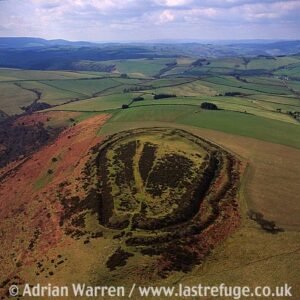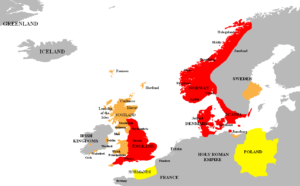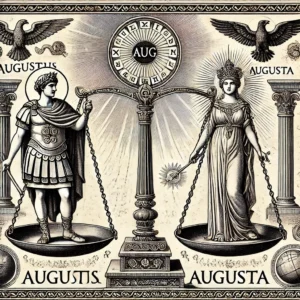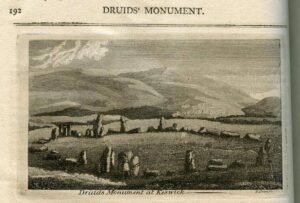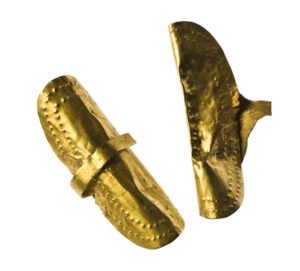I’ve started to realise there are an awful lot of myths involving giants in Yorkshire, and in the rest of Britain, regarding monument having been built by giants
Tag: Brigantia
Mar 25
The Legend of Caer Caradoc
Caer Caradoc is often linked to Caradoc (or Caradog), a prominent figure in Welsh mythology and Arthurian legend. Caradoc is considered one of the knights of the Round Table in Arthurian lore, and he is sometimes referred to as Caradoc of the Battle or Caradoc the Brave. He was known for his bravery and his loyalty to King Arthur.
Mar 24
Canute the Great
The legend of King Cnut, also known as Canute the Great, is a fascinating tale that highlights themes of humility and the limits of power. King Canute ruled over England, Denmark, and Norway in the early 11th century. He was a powerful Viking king known for his military prowess and political acumen.
Jul 08
The Border Reivers
The Border Reivers were a formidable force in the history of Britain, particularly during the tumultuous period from the late 13th century to the early 17th century. These raiders, hailing from both Scottish and English descent, operated along the Anglo-Scottish border, a region marked by constant strife and conflict.


